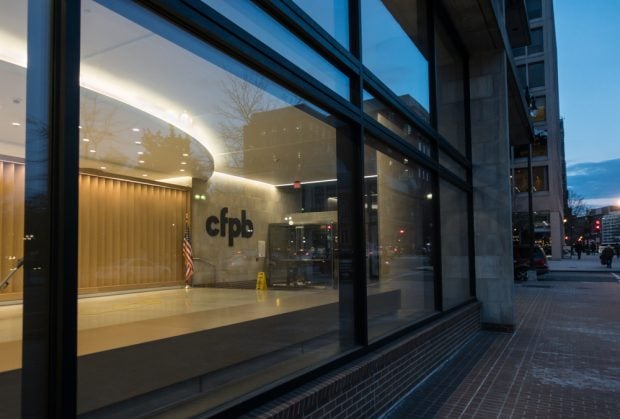The Consumer Financial Protection Bureau has launched a request for information and inquiry into checking account overdraft programs to determine how these programs and practices impact consumers.
As part of that inquiry, the CFPB is seeking public input regarding overdraft programs and their costs, benefits, and risks to consumers. Furthermore, the bureau is examining the policies and practices of the largest banks to see if additional regulation is necessary.
Depending on the findings, income from overdrafts could be under threat. Additionally, Congresswomen Carolyn B. Maloney representing New York State's 14th Congressional District, along with many of her Democratic colleagues, have introduced the Overdraft Protection Act of 2012, H.R. 5691.
According to the congresswomen she has introduced overdraft protection legislation in each Congress since 2005. This new legislation differs from those earlier bills by directing the Consumer Financial Protection Bureau to study pre-paid card overdraft programs and limiting the number of overdraft fees a consumer can incur.
Back in 2005, an FDIC guidance “reaffirmed” a best practices document containing specific risk-mitigation techniques it expected its regulated banks to implement.
Herein are some specific risk-mitigation techniques:
- The board of directors is expected be involved with its ODP program. Expected is regular oversight including an annual board review of an ODP program's key features.
- Reviewing ODP advertising to minimize confusion and to promote responsible use.
- Monitor programs for excessive or chronic customer use. What is abuse? When a customer overdraws the account on more than six occasions where a fee is charged in a rolling 12-month period. If and when that occurs, the bank must undertake “meaningful and effective” follow-up action, which may include, for example:
-
- Contacting the customer to discuss less costly alternatives; and
- Giving the customer a reasonable opportunity to decide whether to continue fee-based ODP coverage or choose another available alternative.
- Instituting appropriate daily limits on customer costs by, as an example, limiting the number of transactions that will be subject to a fee or providing a dollar limit on the total fees that will be imposed per day.
- Considering the elimination of overdraft fees for transactions that overdraw an account by a small amount.
- Considering the use of cost effective, existing technology, as appropriate (e.g., text message, e-mail, telephone or mobile device) to alert customers when their account balance is at risk of generating a fee for non-sufficient funds.
- Reviewing check-clearing procedures and any third-party vendor to ensure they operate in a manner that avoids maximizing customer overdrafts and related fees through the clearing order.
The FDIC expected those affected institutions to have their new risk-mitigation techniques in place by July 1, 2011.
If your credit union earns income from an ODP program, that income could become at risk. How much is at risk is yet to be determined, but one may want to consider the following.
- How much ODP income do you receive from smaller transactions? If the small dollar amount transaction cutoff for fees takes effect, ODP fees from those transactions could go away. What is the impact?
- How much ODP income do you earn from consumers who are charged more than six ODP fees in any 12-month rolling period? If this applied to you, you'd have to reach out to them and show them alternatives. Let's say only 10% of those consumers opted out of your ODP program. How much money would that be?
- Do you clear items from largest to smallest in terms of dollar amount? If you had to clear items based on the order received or by check number, how might that affect your income?
- Imagine you implemented a daily limit of $25 or $50 for ODP programs. How would that have affected your income this year and in the future?
Credit unions are member-centric organizations. It may be prudent for those with an ODP program begin to develop and deploy several of the risk-mitigation techniques above if they already have not. That said, it is widely anticipated many of us will be revisiting this area once again.
Edward Lis is vice president of finance at Fulton County Federal Credit Union in Gloversville, N.Y.
© 2025 ALM Global, LLC, All Rights Reserved. Request academic re-use from www.copyright.com. All other uses, submit a request to [email protected]. For more information visit Asset & Logo Licensing.







